
Serrano, Presunto Ibérico, Pata Negra, Prosciutto, Presunto de Parma? Entenda as diferenças fundamentais entre estas que são as maiores iguarias da Charcutaria. Produtos que levam até 3 anos para ficarem prontos.
Confunde-se muito os presuntos serranos com outros tipos de presuntos curados. Por exemplo, os presuntos espanhóis preservam o osso coxal, que permite manter a morfologia dos músculos, enquanto o prosciutto (tipo de presunto italiano curado a seco), por exemplo, mantém apenas a parte alta, ou a anchetta, eliminando o osso para poder acelerar a absorção de sal e a saída de água. Reduzindo assim o período em que o produto é mais vulnerável à contaminações.
Os presuntos serranos têm patas mais bonitas esteticamente e curtas, e os ibéricos têm patas mais largas e maiores. O prosciutto, cuja origem é italiana, especificamente da região de Parma e San Daniele, é mais macio e rosado.
O presunto serrano é pendurado por dois anos, ao passo que o ibérico é pendurado, em média, por três anos. Para a fabricação do presunto serrano, os suínos são alimentados com cereais; no caso dos ibéricos, também conhecidos como Pata Negra, os animais são alimentados com bolotas(ou bellotas, que são frutos das castanheiras espanholas). A coloração do presunto ibérico é vermelho-viva ou ginja (vermelho-cereja); a coloração e o sabor do presunto serrano são um pouco menos intensos. No caso do presunto serrano, os suínos são criados confinados, ao passo que a carne utilizada no presunto ibérico é proveniente de suínos que circulam mais soltos. O presunto ibérico apresenta maior teor de gordura intramuscular em comparação com os outros, um índice mais elevado de iodo e uma maior palatabilidade, já que a insaturação de gorduras é maior – proveniente, em grande parte, dos ácidos linoleico e linolênico.
-
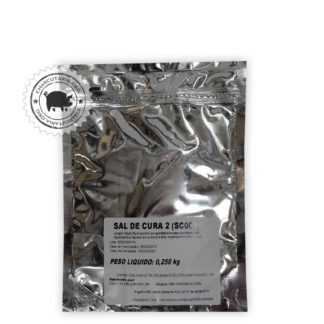 Sal de cura 2R$ 8,00
Sal de cura 2R$ 8,00 -
 Sal de cura 1R$ 8,00
Sal de cura 1R$ 8,00 -
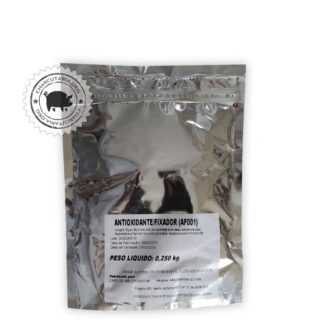 Antioxidante FixadorR$ 23,00
Antioxidante FixadorR$ 23,00 -
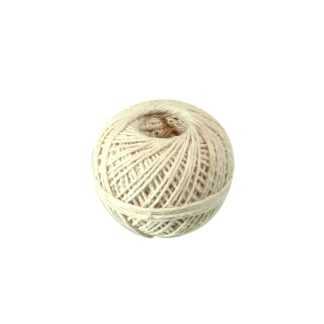 Barbante culinárioR$ 7,90
Barbante culinárioR$ 7,90 -
 Cultura StarterO preço original era: R$ 69,90.R$ 59,90O preço atual é: R$ 59,90.
Cultura StarterO preço original era: R$ 69,90.R$ 59,90O preço atual é: R$ 59,90. -
 Rede elástica culinária 50mmR$ 15,00
Rede elástica culinária 50mmR$ 15,00 -
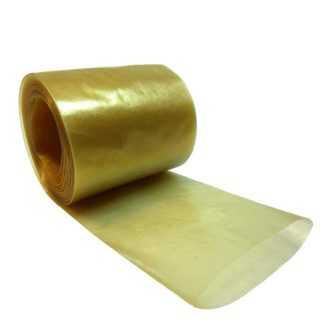 Tripa de colágeno 45mm rolo 5 metros salameR$ 25,00
Tripa de colágeno 45mm rolo 5 metros salameR$ 25,00 -
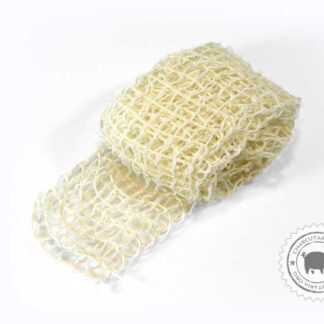 Rede elástica culinária 65mmR$ 18,00
Rede elástica culinária 65mmR$ 18,00 -
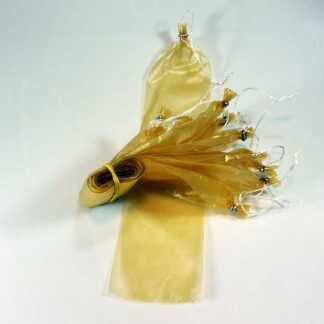 Tripa de colágeno salame 45mm 10 unidades amarradasR$ 22,00
Tripa de colágeno salame 45mm 10 unidades amarradasR$ 22,00 -
 Tripa de colágeno 80mm copa e salameR$ 29,90
Tripa de colágeno 80mm copa e salameR$ 29,90 -
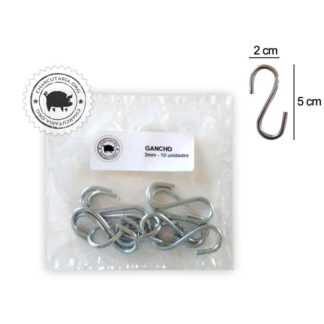 Gancho GalvanizadoR$ 12,00
Gancho GalvanizadoR$ 12,00 -
 Tripa de colágeno salame 50mm 10 unidades amarradasR$ 24,00
Tripa de colágeno salame 50mm 10 unidades amarradasR$ 24,00

